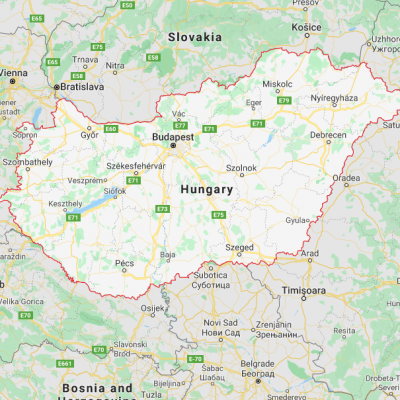
Hungary
Hungary's contemporary art scene is a captivating blend of history and modernity, encapsulating the nation's unique cultural evolution. Key venues such as the Ludwig Museum in Budapest and the MODEM Centre for Modern and Contemporary Arts in Debrecen celebrate this balance. Artists like El Kazovsky, remembered for his surrealist paintings, and Dóra Maurer, recognized internationally for her conceptual and visual art, carry forward the legacy of Hungarian creativity. As Budapest's Art Market grows annually, new talents are continually emerging, enriching the nation's artistic profile. Explore Hungary's dynamic contemporary art at Composition Gallery's website.
Show All
- Show All
- Established
- Discoveries
Show All
ARTWORKS RELATED TO HUNGARY

A marker is a drawing tool filled with colorful inks that dry quickly. Markers come in various sizes and use different colorants, such as ink, dye, or paint. They are available with different tip styles and produce smooth marks with sharp edges, making them ideal for a wide range of artistic and design applications.

Montage is a film editing technique where a series of shots are edited into a sequence to condense time, convey information, and manage space within the narrative. While it primarily refers to this method in film, the term can also be used in various other contexts to describe the assembly of disparate elements into a cohesive whole.





















